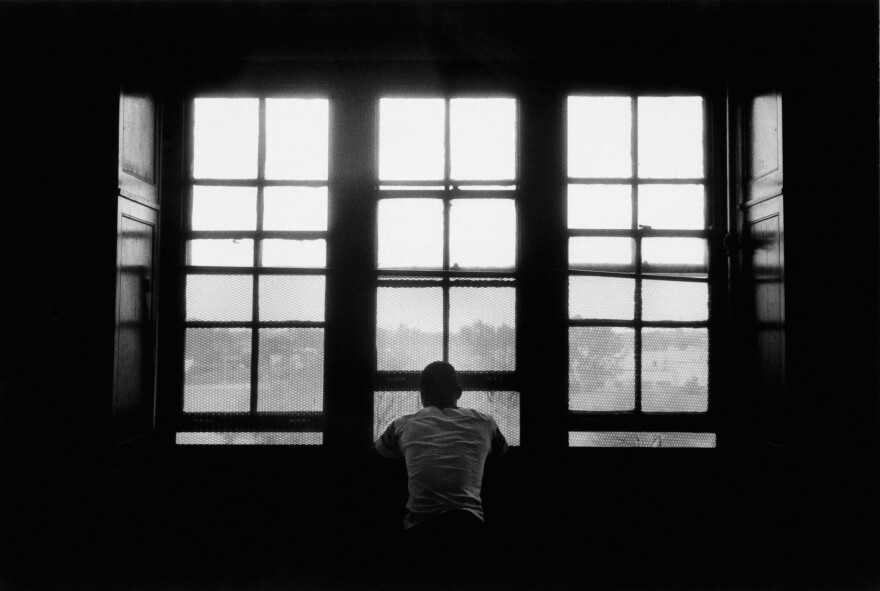This Juneteenth, I'm finding it hard to celebrate.
It's hard to reflect on freedom in this deafening swell of discord, this crescendo of threats to our most basic human and civil rights. It's hard to stand upright in this storm of unending violence, to find footing on ground riven by such deep and jagged divisions. It's hard, in such darkness, to believe in the dawn of a better day.
But as we observe this holiday, I have to remember that freedom has always been hard fought and hard won. All we can ever do is believe in tomorrow and work to make it better, despite all evidence and against all odds.
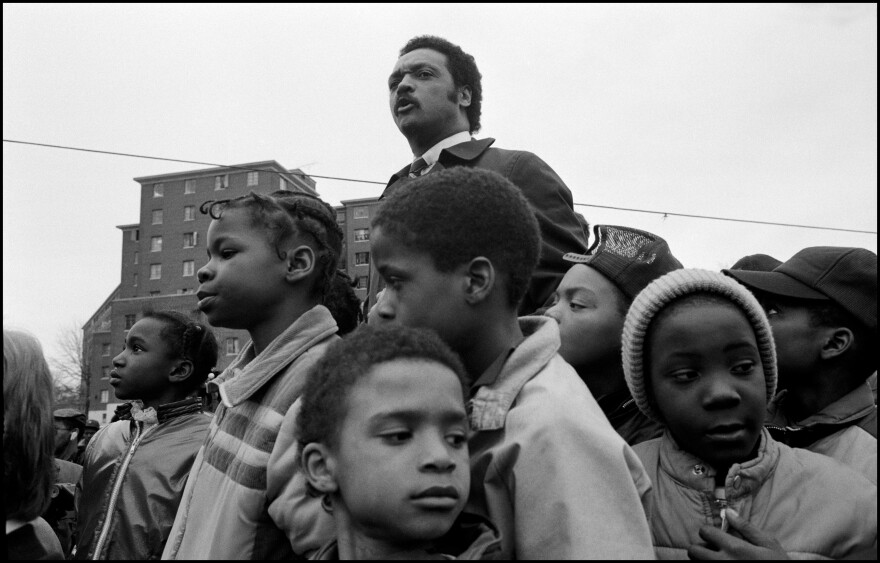
At the turn of the 20th century, the sociologist, historian and civil rights activist W.E.B. Du Bois imagined a world that defied the realities of Jim Crow America. In his poem "Credo," he states his belief that all people deserve "the space to stretch their arms and their souls; the right to breathe and the right to vote, the freedom to choose their friends, enjoy the sunshine and ride on the railroads, uncursed by color; thinking, dreaming, working as they will." Sixty years later, the composer Margaret Bonds took inspiration from his words to write a piece of music full of pure passion and soaring beauty, even as violence raged and fires burned across America, as the civil rights movement fought on for the promise of those same freedoms, still unattained.
This Juneteenth, I turn to Du Bois' words and Bonds' music — to all the lessons of our history. I offer you a collection of music that insists on the promise of freedom, however long in coming. Music that counters the shrieking dissonance of conflict with the radiant warmth of its harmonies, that offers us comfort in our sorrow and sustenance in our struggle. Songs that ground us with the steadiness of their rhythms and embrace us in the lines of their melodies. Music that brings us hope and faith and even joy, urging us to stand and fight another day, reminding us that what we are celebrating on this holiday is our freedom to believe, even in the hardest of times.

In 1964, Margaret Bonds wrote this intimate yet infinitely powerful piece of music, inspired by the words of W.E.B. Du Bois' "Credo." The feel of these notes under my fingers reminds me to reflect on the struggles and triumphs that came before us and also urges me to look ahead at the brightness of what can come next. I've put out a call to young people across the United States, asking them to share what they believe in, to create a "Credo" for our present, a design for our future. to their words — confident and deep in conviction — and maybe you, too, will rest easier tonight, knowing that tomorrow is in their hands.
Inspired by the wave of protests against police violence in 2020, this song echoes the protest music of the 1960s in intention and intensity. What grabs me is its juxtaposition of hot fire and cool resolve — the steady, persistent pulse interrupted by moments of percussive explosion. Samora puts it this way: "The first half represents the spirit of uprising and revolt, which requires imagining, courage, strength, organizing, scaffolding and fire. The second half represents our fight against all odds. Overall, I hope the song reflects this beautiful quote by the abolitionist Mariame Kaba: 'Hope is a discipline.' "
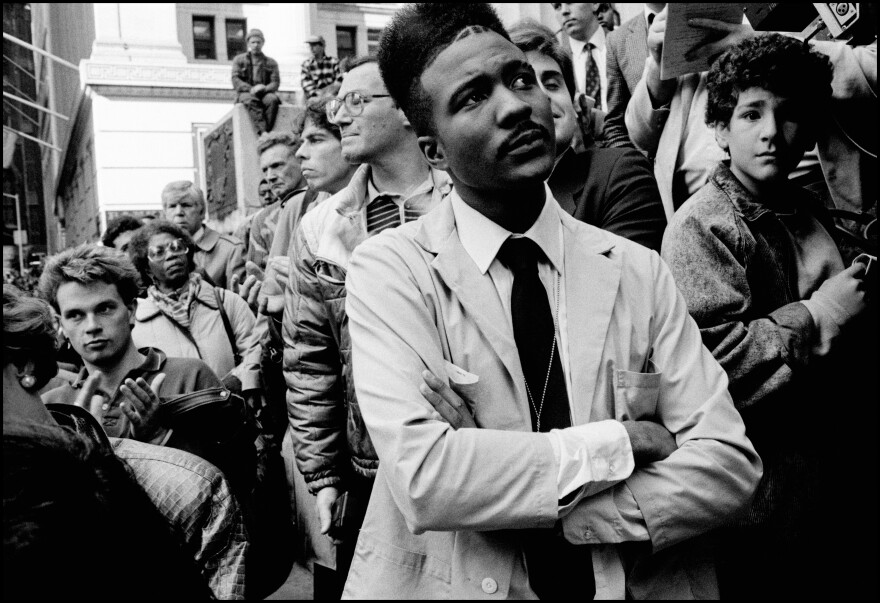
The freedom to reimagine your reality, to dream a new life, inspires this first movement of Carlos' string quartet Warmth from Other Suns, a musical portrait of the Great Migration. It was a defining American journey, the migration of more than six million Black Americans, following a ray of light called hope out of the rural South to the cities of the North, Midwest and West. They left behind everything and everyone they knew, taking only what they could carry. But what they brought with them — their dreams, their courage, their faith in a brighter tomorrow — transformed American life and culture in every possible way.
Leontyne Price sings this gospel-infused Civil Rights Movement anthem with the choir of Rust College, a historically Black institution in Mississippi just a few hours down the road from where she grew up. Her journey from segregated Laurel, Miss., to the greatest opera stages of the world was fueled by the freedom of music and art to demolish artificial borders and barriers of all kinds. One of my most treasured possessions is a photo taken with Ms. Price when I was a little girl in the San Francisco Opera Children's Chorus. Her generous embrace wrapped us kids in the warmth of what a life in music could be, and I caught a radiant glimpse of my own future.
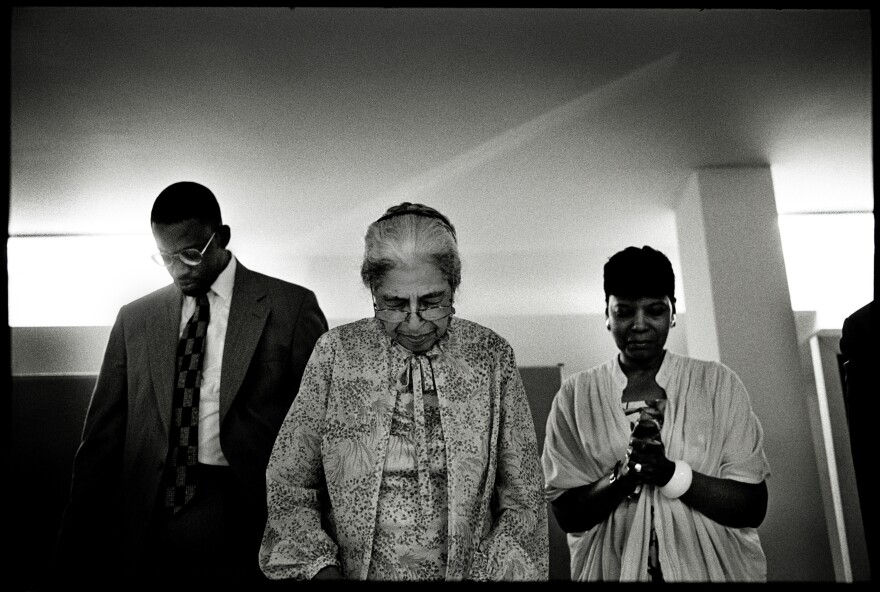
This recording by the Philadelphia Orchestra is evidence of our freedom to reclaim and retell our stories. The recent recovery and revival of Florence Price's is a triumphant correction of history. Price's music itself speaks volumes about our freedom to simply be ourselves, true to our authentic voice and vision. In her time and place, a Black woman seeking entry into the community of symphonic composers was knocking at a formidable door. When Price managed to crack that door open (though not a wide as she would have liked), she brought her ancestors with her, in the melodies and rhythms that infuse her symphonic compositions — echoes of Black spirituals and dances like the Juba, brought to this country by enslaved Africans and held as an essential outlet for self-expression and celebration even within the bondage of servitude. Later this summer, I'll play Price's "Piano Concerto" with this same legendary orchestra. That piece, too, uses a Juba dance in its closing movement, and the composer's indomitable spirit will lift us all up in a few moments of transcendent joy.
I'm haunted by this exuberant tribute to the full-throttle freedom of youth — the rush of the wind on your face as you lean out of the car window, the magic of your favorite song, the innocence of a childhood crush. As a parent, as a horrified witness to the unspeakable dangers to our children today, all I want is to preserve for them the freedom to experience the lazy luxury of "those days when our dreams were there for chasin', but time was better wasted," as this song goes. They deserve the freedom to live and laugh and grow without fear into the possibility of all their unknown tomorrows.
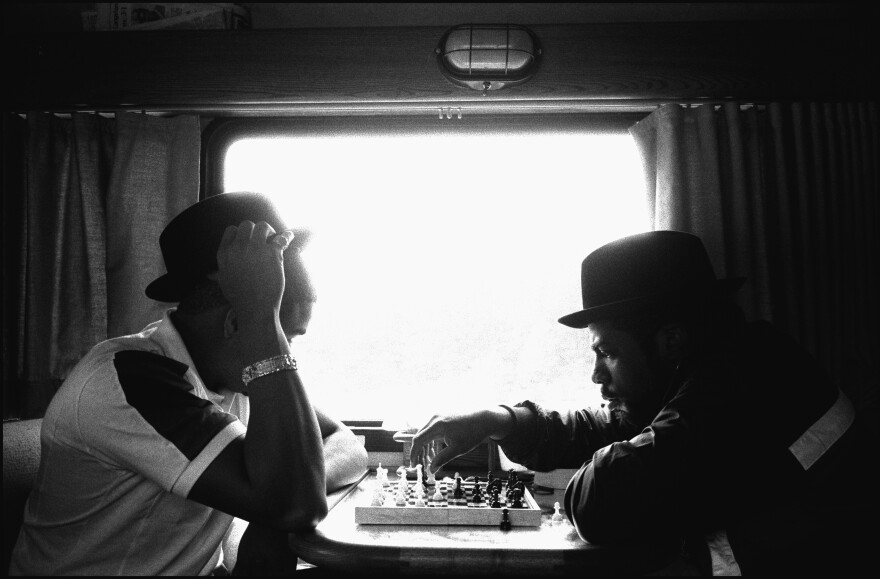
At Billy Strayhorn's funeral, his long-time collaborator and brother in music, Duke Ellington, eulogized the four freedoms by which Strayhorn lived his remarkable life: "freedom from hate, unconditionally; freedom from all self-pity (even throughout all the pain and bad news); freedom from fear of possibly doing something that might help another more than it would help himself; and freedom from the kind of pride that could make a man feel he was better than his brother or neighbor." This summer, I'm playing a new piano concerto based on Strayhorn's songs and I am holding his four freedoms close to my heart as I immerse myself in his music, bringing his legacy to life with some of our greatest American orchestras.
Finally, on this Juneteenth holiday, let's celebrate our ability and our responsibility to "dream a world where all will know sweet freedom's way," as this song reminds us with its text by that most tenacious and audacious of American dreamers, the poet Langston Hughes.
What's the story behind these photos?
Photographer Eli Reed began his career in 1970. Initially, he was known for his work in El Salvador, Guatemala and other Central American countries.
The renowned photographer spent over 20 years documenting the African American experience; much of it as the first full time Black photographer within the Magnum Photo Agency. His book Black in America covered the 1970s until the end of the 1990s and includes the Crown Heights riots and the Million Man March.
Reed, a 1982 Nieman Fellow at Harvard University, also photographed the effects of poverty on American children for the film Poorest in the Land of Plenty.
Copyright 2023 NPR. To see more, visit https://www.npr.org.
